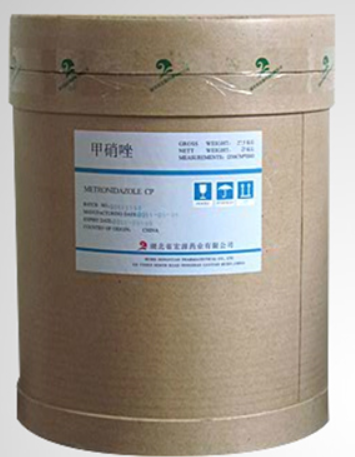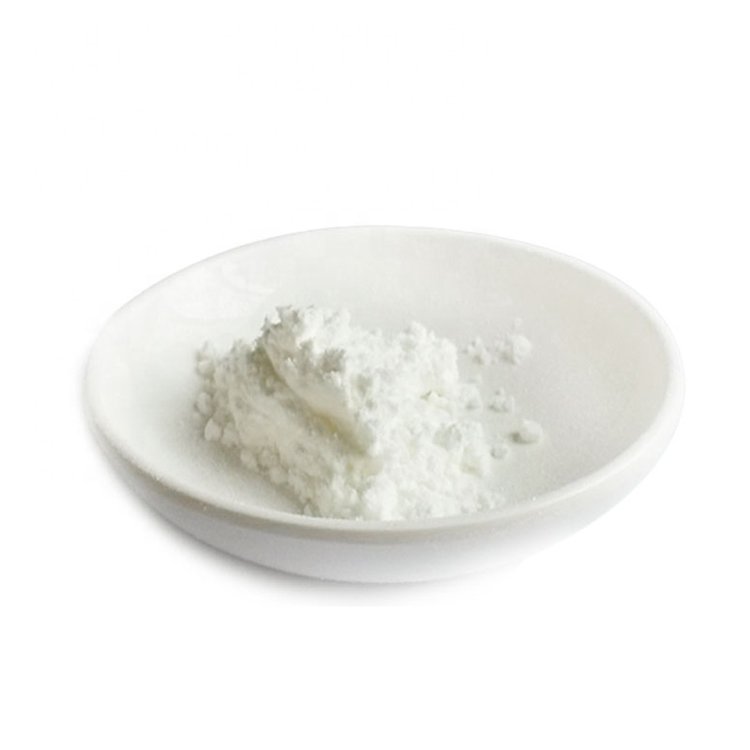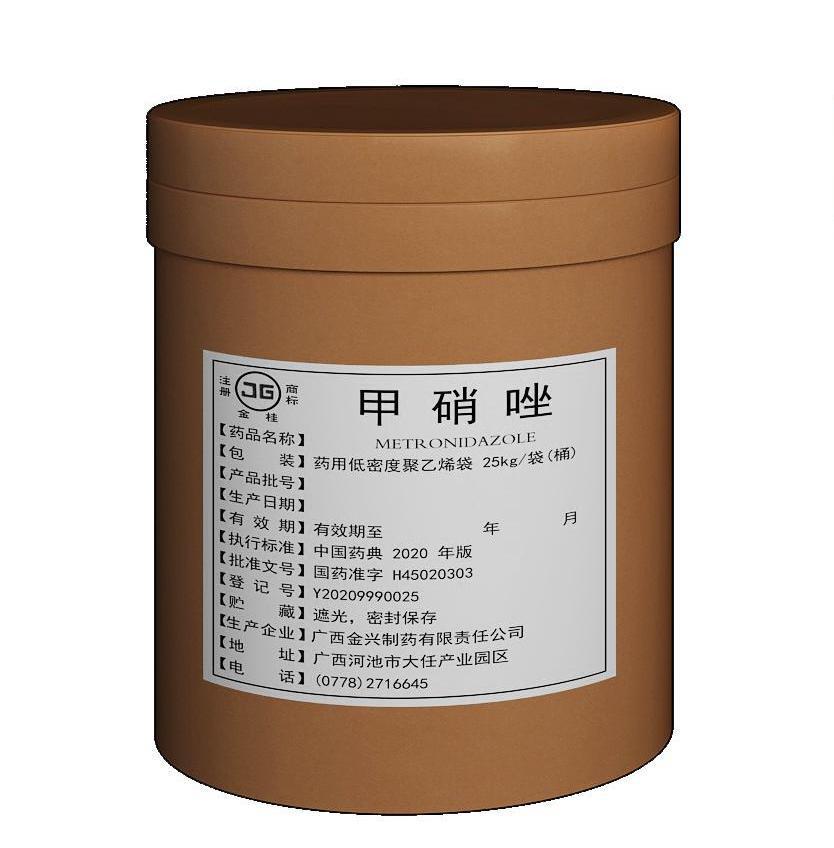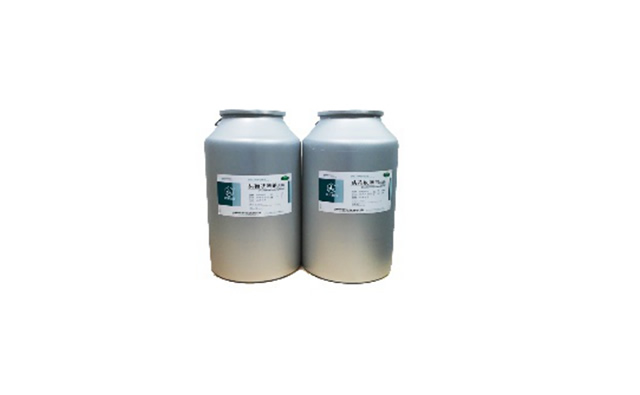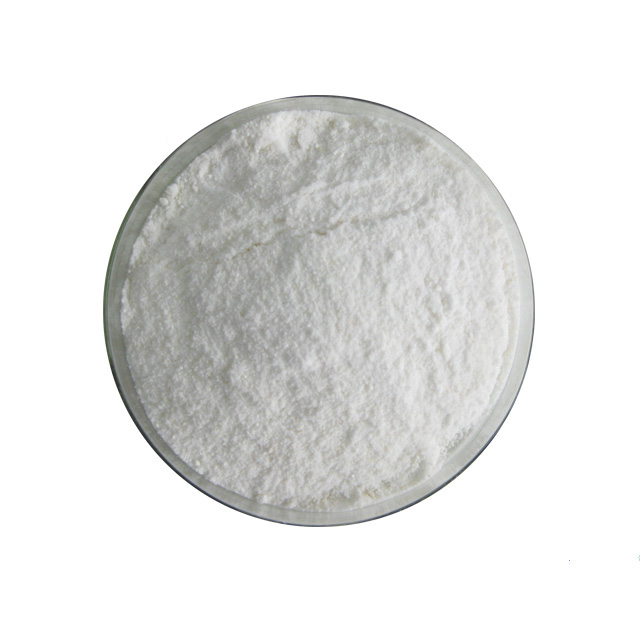Pharmaceutical Raw Materials
Veterinary API
Antiallergic Drugs
Hormones and Endocrine Drugs
Drug Metabolism
Pharmaceutical Intermediates
Synthetic Anti Infective Drugs
Specialty Drugs
Vitamins and Minerals Medicines
Feed Drug Additive
Antineoplastic Agents
Nervous System Drugs
Respiratory Drugs
Diagnostic Agents
Anti Stress Drugs
Antipyretic Analgesics
Antiparasitic Drugs
Circulatory System Drugs
Biochemicals
Blood System Drugs
Immune System Medication
Pharmaceutical Excipients
Fluid, Electrolyte, and Acid-Base Balance
Urinary System Drugs
Antibiotics
Anesthetic Agents
Inhibitors
Other Chemical Drugs
Digestive System Drugs
CAS:171228-49-2
Molecular Formula:C37H42F2N8O4
Alias
More Information
4-[4-[4-[4-[[(3R,5R)-5-(2,4-Difluorophenyl)-5-(1,2,4-Triazol-1-Ylmethyl)Oxolan-3-yl]Methoxy]Phenyl]Piperazin-1-yl]Phenyl]-2-[(2S,3S)-2-Hydroxypentan-3-yl]-1,2,4-Triazol-3-one; Noxafil
Brief Introduction
Posaconazole is used in patients with invasive aspergillosis refractory to amphotericin B or itraconazole or in patients who cannot tolerate treatment with these agents.It is clinically useful in the treatment of aspergillosis, zygomycosis and sickle cell disease, but also in the treatment of some fluconazole resistant Candida infections.
Suppliers
View More Vendors (4) >
CAS:443-48-1
Molecular Formula:C6H9N3O3
Alias
More Information
Flagyl; Metronidazol; 2-Methyl-5-Nitroimidazole-1-Ethanol
Brief Introduction
Metronidazole is a kind of nitroimidazole antibiotics, also known as metronidazole, metronidazole, metronidazole and metronidazole. It can kill anaerobes. The metabolites produced when it is reduced in human body also have anti anaerobes effect, inhibit the synthesis of deoxyribonucleic acid, interfere with the growth and reproduction of bacteria, and eventually lead to the death of bacteria, Anti anaerobes generally include: Bacteroides fragilis, Fusobacterium (named for its sharp spindle shape at both ends), tetanus, peptococcus, peptococcus and Giardia. It was initially used for the treatment of vaginal trichomoniasis, and the clinical effect is very significant. Later, it was found that metronidazole can also kill the anaerobic bacteria causing oral infection. In 1978, it was identified as a specific drug for anti anaerobic bacteria infection by the World Health Organization, which was widely used in the prevention and treatment of oral anaerobic bacteria infection. In hospital, this product is often used to prevent and treat respiratory tract, digestive tract, abdominal and pelvic infections caused by anaerobic bacteria, skin and soft tissue and bone and joint infections, pericarditis, sepsis and brain diseases.
Suppliers
View More Vendors (4) >
CAS:56238-63-2
Molecular Formula:C16H15N4NaO8S
Alias
More Information
Cefuroxime Sodium; Anaptivan; Biociclin; Zinacef
Brief Introduction
Cefuroxime Sodium is the sodium salt form of cefuroxime and a semi-synthetic, broad-spectrum, beta-lactamase resistant, second-generation cephalosporin antibiotic with bactericidal activity. Cefuroxime sodium inhibits bacterial cell wall synthesis by inactivating penicillin binding proteins (PBPs) thereby interfering with the final transpeptidation step required for cross-linking of peptidoglycan units which are a component of the cell wall. Lack of cross-linking results in a reduction of cell wall stability and leads to cell lysis.
Suppliers
View More Vendors (4) >
CAS:6990-06-3
Molecular Formula:C31H48O6
Alias
More Information
Fusidate Sodium; Fucidin; (2Z)-2-[(3R,4S,5S,8S,9S,10S,11R,13R,14S,16S)-16-Acetyloxy-3,11-Dihydroxy-4,8,10,14-Tetramethyl-2,3,4,5,6,7,9,11,12,13,15,16-Dodecahydro-1H-Cyclopenta[A]Phenanthren-17-Ylidene]-6-Methylhept-5-Enoic Acid; Fusidate; Ramycin; Fusdic Acid; Fucidin Acid; Fucithalmic; Diethanolamine Fusidate; Fusidine; 4-Alpha,8-Alpha,9-Beta,11-Alpha,13-Alpha,14-Beta,16-Beta,17Z)-Ph; Sq16603; (3Alpha,4Alpha,8Alpha,9Beta,11Alpha,13Alpha,14Beta,16Beta,17Z)-16-(Acetyloxy)-3,11-Dihydroxy-29-Nordammara-17(20),24-Dien-21-Oic Acid; 29-Nordammara-17(20),24-Dien-21-Oicacid, 16-(Acetyloxy)-3,11-Dihydroxy-, (3A,4A,8A,9B,11A,13A,14B,16B,17Z)-
Brief Introduction
Fusidic acid is a kind of fusulinic acid antibiotic with steroidal skeleton. Its chemical structure is similar to that of cephalosporin P, but not a hormone. It is produced by fusidium coccineum or some Cephalosporium spp in fungi. Its antibacterial spectrum is narrow, similar to that of neomycin. It has obvious effect on Bacteroides fragilis, Streptococcus, streptococcus, Streptococcus, Streptococcus, Streptococcus, Streptococcus, Streptococcus The effect of Streptococcus pneumoniae is weak. Its mechanism of action is to inhibit the protein synthesis of bacteria and play an antibacterial or bactericidal role. In vitro, staphylococcus is easy to develop drug resistance to this product, and there is no cross resistance between bacteria and other anti infective drugs. Clinically, fusidic acid is used for osteomyelitis or skin and soft tissue infection caused by sensitive bacteria. It can also be used for other deep infection, such as sepsis, pneumonia, endocarditis, etc.
Suppliers
View More Vendors (3) >
CAS:76639-94-6
Molecular Formula:C12H14Cl2FNO4S
Alias
More Information
2,2-Dichloro-N-[(1R,2S)-3-Fluoro-1-Hydroxy-1-(4-Methylsulfonylphenyl)Propan-2-Yl]Acetamide; Nuflor; (-)-Florfenicol; Sch-25298; D-(-)-Threo-2-Dichloroacetamido-3-Fluoro-1-(4-Methylsulfonylphenyl)-1-Propanol
Brief Introduction
Veterinary antibiotics are used for bacterial diseases of pigs, chickens and fish caused by sensitive bacteria, especially for respiratory infection and intestinal infection.
Suppliers
View More Vendors (3) >
Inquiry (
10
/ 10
)
Clear All
Sign In
Error!





